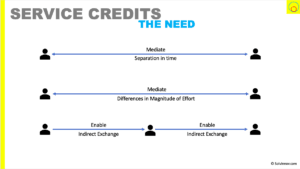In part 1 of this 2 part article we saw that goods-dominant logic is like driving a performance car but only using 1st gear
Here we look at how to access the other gears by evolving our view of the world from a goods-centric view that has total focus on exchanging value at a one-off sales point. To a service centric view
Such a service-dominant logic, as it is called, helps really explain how the world works...
...and accelerates our innovation thinking



